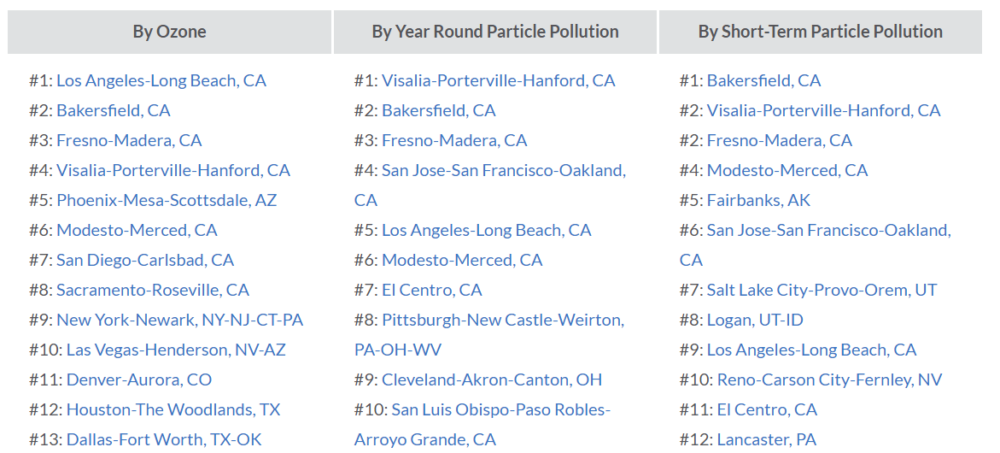Today, UCS and the California Cleaner Freight Coalition (CCFC) released a video highlighting the impacts of freight across California. This video – and longer cuts of individual interviews here – touch on the many communities across California affected by freight.
Freight is a big industry in California. Nearly 40 percent of cargo containers entering and leaving the United States pass through California ports. California is also the largest agricultural producing state, supplying nearly one fifth of the country’s dairy, one third of the country’s vegetables, and two-thirds of the country’s fruits and nuts.

Truck traffic on I-5 heading north towards the Central Valley near Castaic, CA.

Farm in Shafter, CA.
This means California is home to many ports, rail yards, warehouses, distribution centers, farms, and dairies – all of which are serviced by many trucks. Despite the latest (2010) engine standards and significant financial investments by the state and local air districts, air quality in California remains among the worst in the United States, due in large part to truck emissions.

The most polluted cities in the United States. Source: American Lung Association, State of the Air 2016.
Communities impacted by freight are often burdened by other sources of pollution
In the Central Valley, a trash incinerator is opposed by community groups yet classified by the state as a source of renewable energy. Biomass power plants emit significant amounts of particulate matter. Oil drilling operations contribute to both air pollution and unknown water contamination.
Dairies in the Valley contribute not only to methane emissions, but also to other health hazards including particulate matter (from reactions of ammonia in excrement with nitrogen oxides (NOx) from cars and trucks), smog/ozone (from reactions of NOx with volatile organic compounds produced by decomposing animal feed), and contamination of aquifers. Just like real estate prices drove dairies from the Inland Empire to the Central Valley, warehouses and distribution centers are following suit despite being 150 miles from the Ports of Los Angeles and Long Beach.

Silage (animal feed) pile near Shafter, CA.

Two views of a large Ross Distribution Center in Shafter, CA (measures over 1 mile around the building and 2 miles around the entire lot).
In the Los Angeles region, not only are roadways and the two ports major concerns for communities, but so are oil refineries and over 1,000 active oil drilling sites.
Most of these urban oil sites are within a few football fields of homes, schools, churches, and hospitals. Despite all of the “green” accolades bestowed on California, it is the 3rd largest oil producer in the United States after Texas and North Dakota.

Pumpjacks in California can be found next to farms, hospitals, and even In-N-Out.
So what’s the solution?
For trucks, we need stronger engine standards for combustion vehicles, commitments to and incentives for zero-emission vehicles, and roll-out of battery charging stations and hydrogen fueling stations with electricity and hydrogen from renewable energy.
Just last week, the California legislature passed bills (1) to get zero-emission trucks integrated to fleets owned by the state, and (2) allocating $895 million from cap and trade revenue for cleaner heavy-duty vehicles. The California Cleaner Freight Coalition is working on a range of solutions from the state to local level and UCS is proud to be a member of this coalition. Watch and share the video!

